Market Trends
Key Emerging Trends in the China Modular Construction Market
The China Modular Construction Market is undergoing transformative changes fueled by rapid urbanization, sustainability goals, and the need for efficient construction solutions. One prominent trend in this market is the increasing adoption of modular construction techniques. With China facing a surge in urban population and infrastructure demands, modular construction offers a quicker and more cost-effective alternative to traditional methods. Modular construction involves the assembly of prefabricated modules in controlled factory settings, reducing construction time and minimizing on-site disruption. This trend aligns with the country's push for innovative construction approaches to meet the demands of its burgeoning urban landscape.
Sustainability is a driving force in the China Modular Construction Market, reflecting the nation's commitment to green building practices and energy efficiency. Modular construction inherently reduces waste during the manufacturing process and offers the potential for recycling and reusing modules in different projects. As China places a strong emphasis on eco-friendly urban development, modular construction emerges as a sustainable solution that aligns with the country's environmental goals.
Technological advancements are shaping the China Modular Construction Market, with the integration of Building Information Modeling (BIM) and other digital tools. BIM enables precise planning, design, and coordination of modular components, improving accuracy and reducing errors during the construction process. Additionally, the use of robotics and automation in modular construction factories enhances efficiency and quality control. This trend reflects China's commitment to embracing digitalization and cutting-edge technologies to enhance the overall construction workflow.
Customization and flexibility are key trends in the China Modular Construction Market, with manufacturers offering a range of modular designs and configurations to meet diverse project requirements. Modular construction allows for the customization of building components, from floor plans to interior finishes, providing architects and developers with greater flexibility in design. This trend caters to the evolving needs of various industries, including residential, commercial, and industrial construction, by offering adaptable and personalized modular solutions.
Government initiatives and policies are playing a crucial role in driving the China Modular Construction Market. As part of the country's efforts to promote sustainable and efficient construction practices, the Chinese government has introduced supportive policies and incentives for modular construction projects. These initiatives include financial incentives, streamlined regulatory processes, and the promotion of modular construction in public infrastructure projects. The government's active involvement is accelerating the adoption of modular construction methods across the country.
The rise of prefabricated building technologies is a notable trend in the China Modular Construction Market. Prefabricated building components, such as walls, roofs, and floors, are manufactured off-site and transported to construction sites for assembly. This approach enhances construction speed, reduces labor costs, and minimizes material waste. The growing popularity of prefabrication aligns with the need for efficient and sustainable construction practices, particularly in the context of China's expanding urbanization.
Quality control is a key focus in the China Modular Construction Market, with manufacturers implementing stringent standards and quality assurance processes. The controlled factory environment in which modular components are produced allows for precise monitoring and testing, ensuring consistency and adherence to safety and quality standards. This emphasis on quality control addresses concerns related to construction safety and the durability of modular structures, contributing to the overall credibility and acceptance of modular construction in China.
The affordability of modular construction is driving its widespread adoption in China, especially in the residential sector. Modular construction offers cost savings through reduced labor expenses, faster construction timelines, and efficient use of materials. This trend is particularly relevant as China strives to address housing affordability challenges and meet the growing demand for residential units in urban areas. The cost-effectiveness of modular construction positions it as a viable solution for developers and construction companies seeking efficient and budget-friendly building methods.

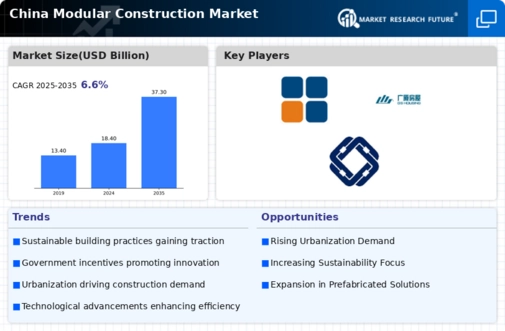
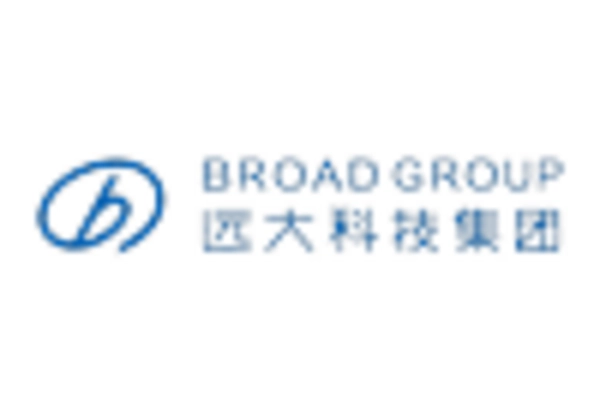
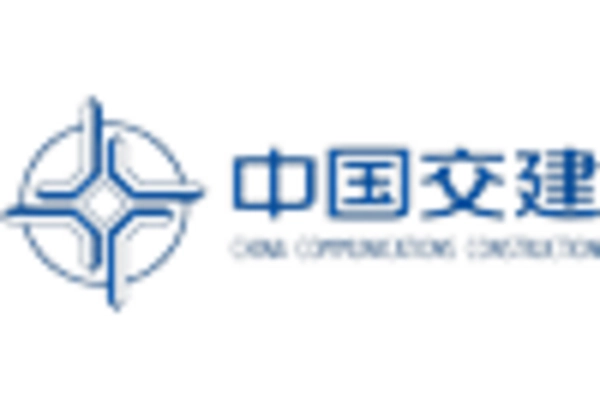
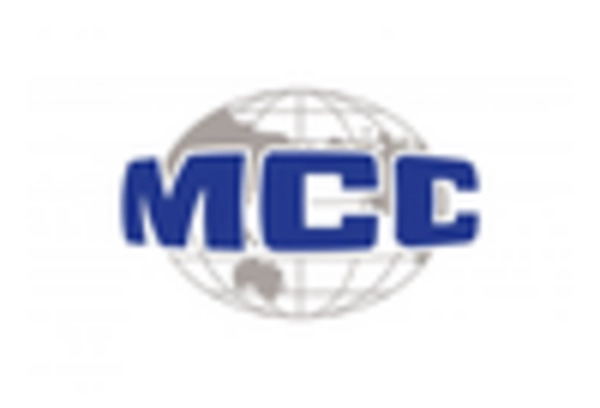

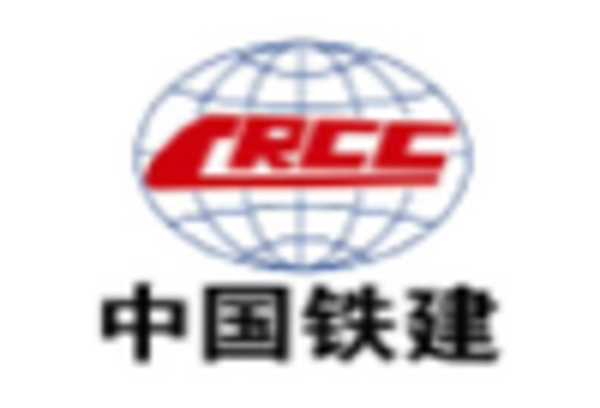
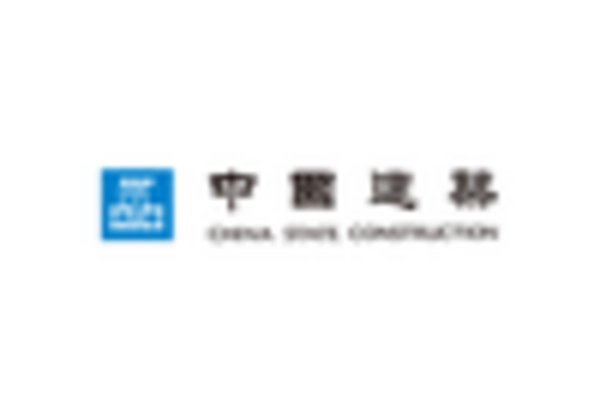

Leave a Comment